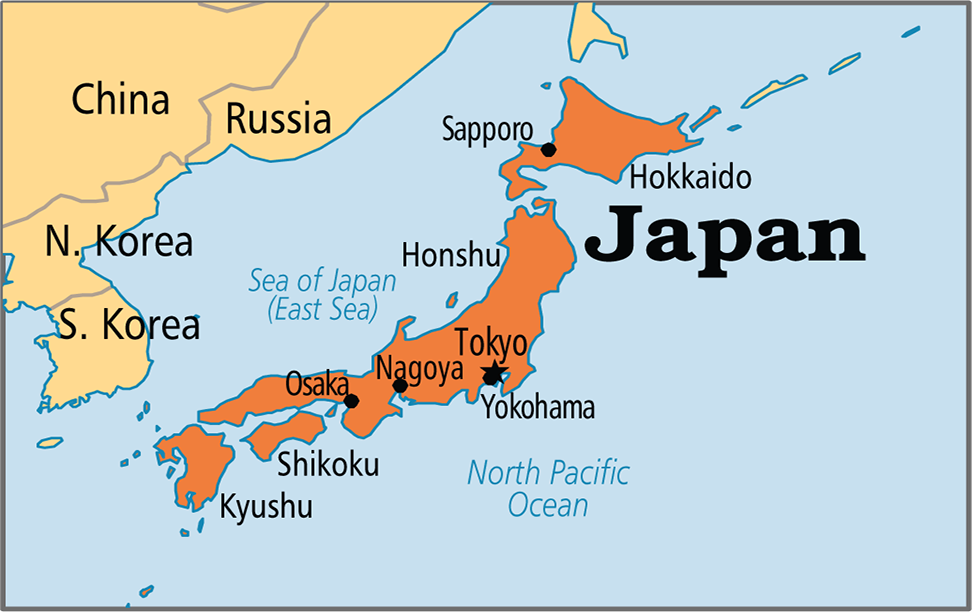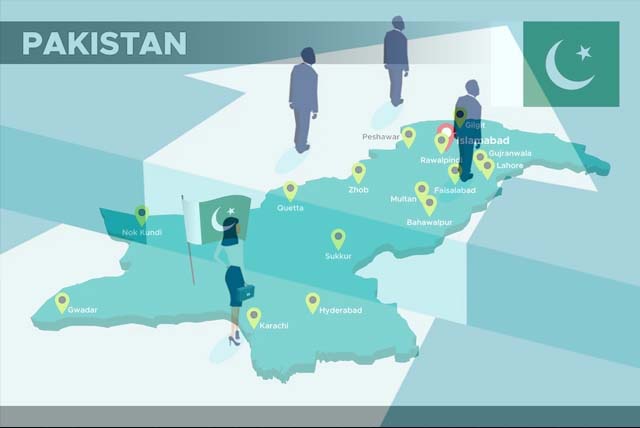China backed RCEP gains momentum as US chants America First

By MG News | May 23, 2017 at 11:55 AM GMT+05:00
Asian ministers met in Hanoi on Monday to discuss the details of free trade pact involving more than 3.5 billion people. The Regional Comprehensive Economic Partnership talks, which started in 2012, have received a new momentum ever since the withdrawal of US from multilateral trade agreements. The US, this year backed out of TPP Transpacific Partnership Agreement labeling it as a “Job Killer”.
RCEP is a free trade agreement which includes members of ASEAN (Brunei, Cambodia, Indonesia, Laos, Myanmar, the Philippines, Singapore, Thailand, Vietnam) plus six more members who already have trade pacts with ASEAN which include; Australia, China, India, Japan, south Korea, and New Zealand. The RCEP has a set of objectives that they aim to achieve as their agenda. RCEP will cover trade in goods, trade in services, investment, economic and technical co-operation, intellectual property, competition, dispute settlement and other issues. Negotiations under RECP aim to achieve high level of tariff liberalization, through building upon the existing liberalization levels between participating countries. The main focus of the RCEP is to reduce the tariffs by a substantial amount between the partnering countries.
If the talks end up becoming successful, the trade deal will be the biggest free trade deal in the world. Paralleled only by the Transpacific Partnership – TPP, which US recently backed out of, the RCEP will encompass 45% of world’s population, a combined GDP of $21.3 trillion amounting to a total of 40% of world trade.
China has assumed a leader of the global trade ever since US’s rhetoric of America first has started to resonate. China has taken this gap of global leadership as an opportunity to increase its position in the world by entering into multiple trade agreements and pacts.
The free trade pact under discussions aims to bring together countries like China, India, Japan, South Korea, Australia and New Zealand. But the target of finalizing the talks by year end may be an issue, as India in particular is unwilling to give up on tariffs. Officials have stated that India’s stubbornness has been the biggest obstacle faced by the deal.
Only recently, the CPEC Summit was held in Beijing, with participation form more than 30 countries. Chine AIIB has also become the biggest investment in bank with loans to more than 20 countries in infrastructure development has been seen as China is slowly but surely trying to fill the world leadership gap.
Related News
| Name | Price/Vol | %Chg/NChg |
|---|---|---|
| KSE100 | 130,420.00 291.26M |
1.73% 2220.57 |
| ALLSHR | 81,055.22 852.41M |
1.59% 1267.60 |
| KSE30 | 39,935.36 119.91M |
2.12% 830.37 |
| KMI30 | 189,420.22 124.55M |
1.34% 2504.61 |
| KMIALLSHR | 54,745.09 414.74M |
1.00% 543.21 |
| BKTi | 35,084.14 47.04M |
4.80% 1607.46 |
| OGTi | 28,225.96 11.25M |
0.94% 263.38 |
| Symbol | Bid/Ask | High/Low |
|---|
| Name | Last | High/Low | Chg/%Chg |
|---|---|---|---|
| BITCOIN FUTURES | 108,195.00 | 108,340.00 105,440.00 |
2445.00 2.31% |
| BRENT CRUDE | 67.50 | 67.53 66.94 |
0.39 0.58% |
| RICHARDS BAY COAL MONTHLY | 97.50 | 0.00 0.00 |
0.75 0.78% |
| ROTTERDAM COAL MONTHLY | 103.80 | 0.00 0.00 |
-3.70 -3.44% |
| USD RBD PALM OLEIN | 998.50 | 998.50 998.50 |
0.00 0.00% |
| CRUDE OIL - WTI | 65.80 | 65.83 65.23 |
0.35 0.53% |
| SUGAR #11 WORLD | 15.93 | 15.95 15.77 |
0.23 1.47% |
Chart of the Day
Latest News
Top 5 things to watch in this week
Pakistan Stock Movers
| Name | Last | Chg/%Chg |
|---|
| Name | Last | Chg/%Chg |
|---|




 CPI
CPI